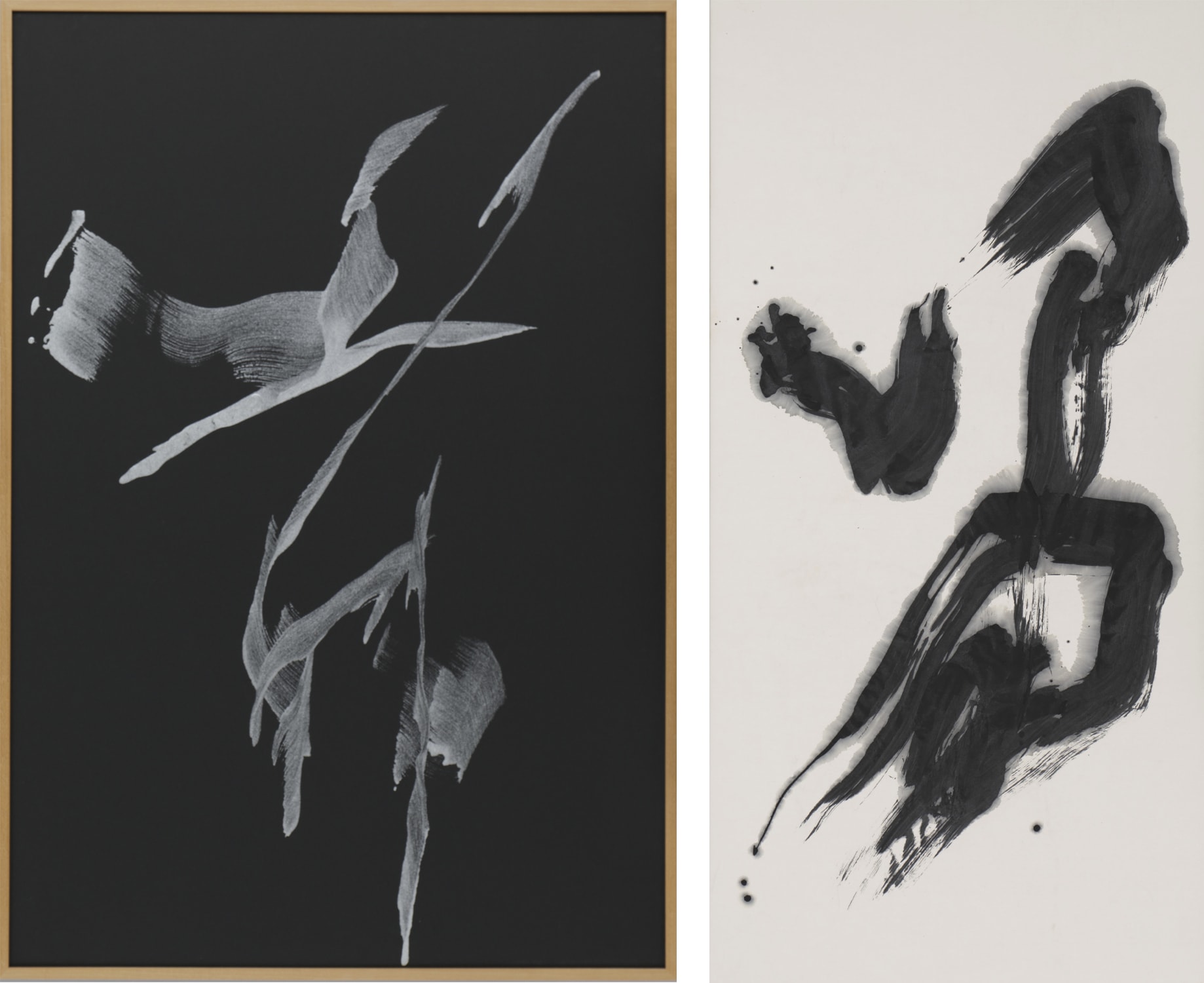Ink art in transformation
Discover how the storied medium has been embraced by contemporary artists
Connectez-vous et inscrivez-vous pour recevoir la newsletter Art Basel Stories




Discover how the storied medium has been embraced by contemporary artists
Connectez-vous et inscrivez-vous pour recevoir la newsletter Art Basel Stories



